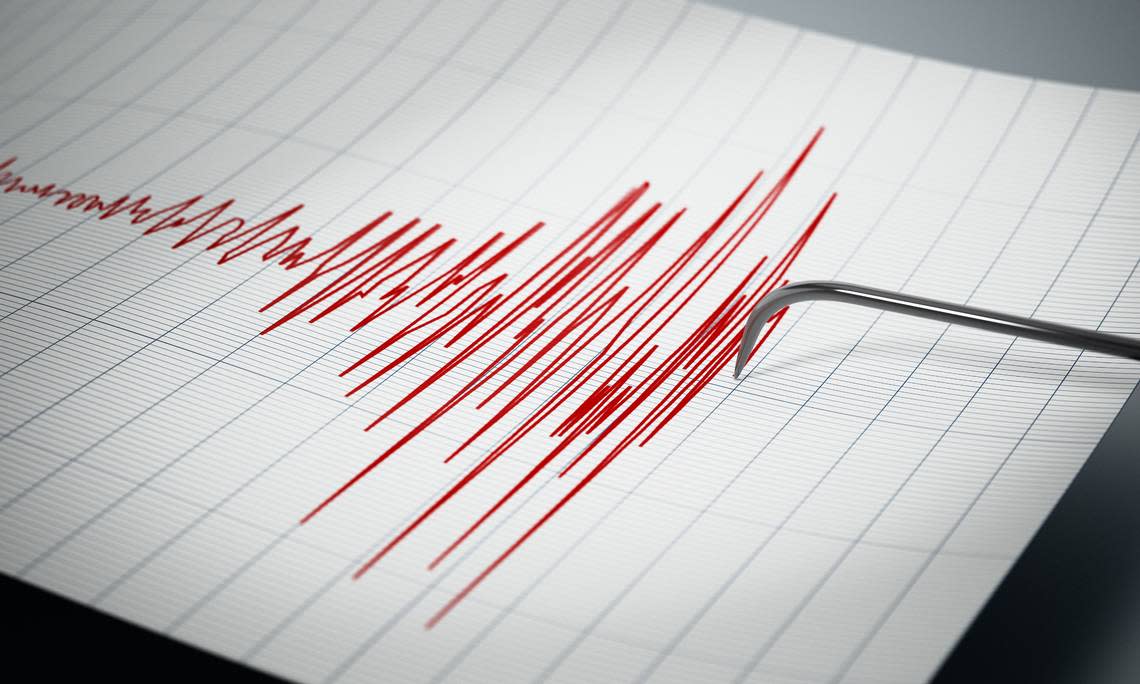3.2-magnitude quake shakes Northern California, USGS says. ‘That was some jolt’

A 3.2-magnitude earthquake shook the Bay Area in Northern California, the U.S. Geological Survey reported.
The nearly 6-mile-deep quake hit about 4 miles east of Fremont at 9:35 a.m. on Thursday, Feb. 22, according to USGS.
More than 900 people from as far away as San Jose and San Ramon reported feeling the tremor.
“Wow that was some jolt,” one user wrote on X, formerly known as Twitter.
“Big #earthquake jolt here in #fremont,” another user wrote.
What to know about earthquakes
Magnitude measures the energy released at the source of the earthquake, the U.S. Geological Survey says. It replaces the old Richter scale.
Quakes between 2.5 and 5.4 magnitude are often felt but rarely cause much damage, according to Michigan Tech. Quakes below 2.5 magnitude are seldom felt by most people.
Earthquakes’ sudden, rapid shaking can cause fires, tsunamis, landslides or avalanches. They can happen anywhere, but they’re most common in Alaska, California, Hawaii, Oregon, Puerto Rico and Washington, according to the Department of Homeland Security.
If an earthquake strikes, it’s best to protect yourself right away. Here are tips from experts:
If you’re in a car: Pull over and stop. Set your parking brake.
If you’re in bed: Turn face-down and cover your head with a pillow.
If you’re outdoors: Stay away from buildings. Don’t go inside.
If you’re inside: Stay and don’t run outdoors. Stay away from doorways.
The best way to protect yourself during an earthquake is to drop, cover and hold on, officials say.
“Wherever you are, drop down to your hands and knees and hold onto something sturdy,” officials say. “If you’re using a wheelchair or walker with a seat, make sure your wheels are locked and remain seated until the shaking stops.”
Be sure to cover your head and neck with your arms, and crawl under a sturdy table if possible. If no shelter is available, crawl to an interior wall away from windows.
Once under a table, officials say you should hold on with one hand and be ready to move with it.
“There can be serious hazards after an earthquake, such as damage to the building, leaking gas and water lines, or downed power lines,” officials say. “Expect aftershocks to follow the main shock of an earthquake. Be ready to Drop, Cover, and Hold On if you feel an aftershock.”
3.4-magnitude quake jolts western Washington awake, seismologists say
‘Jolty’ 3.8-magnitude earthquake shakes Southern California overnight, geologists say
Dozens of quakes rattle California, including 4.8-magnitude temblor, experts say

